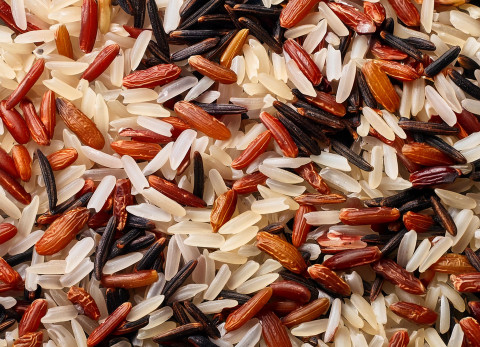Rice

Rice
Harnessing the rhizosphere microbiome for sustainable rice production
One of the biggest accomplishments in human history has been the domestication of rice, which has provided a continuous food supply for a significant proportion of the global population. The major existing domesticated rice species, O. sativa L. ssp. japonica, Oryza sativa L. ssp. indica and O. glaberrima, were domesticated from the wild rice species, O. rufipogon, O. nivara, and O. barthii, respectively. A reduction in prime areas suitable for rice cultivation, combined with the growth of the human population, has driven the development of rice varieties with high yields to enhance rice productivity. The growth of these varieties, however, requires significant inputs of nutrients, water, and pesticides. Wild plant species growth and survive without these massive inputs of chemicals and water. It is known that the rhizomicrobiome of wild species does play an important role in the growth of plants under these circumstances. Thus, the effective use of the benefits provided by the rhizomicrobiome present in wild rice species may help to address the need to develop more sustainable rice production systems.
Rhizosphere soil of twelve wild and domesticated rice accessions were sampled cluding two Oryza. rufipogon, two O. nivara, one O. barthii, two O. sativa L. ssp. japonica, two O. sativa L. ssp. indica and three O. glaberrima. Using a multi-omics approach, the structure, diversity, composition, and functional profile of microbial communities were characterized and compared to detect differences between the rhizomicrobiome of wild and domesticated rice. We investigated differences in functions of the rhizosphere microbiome of wild and domesticated rice, with focus on genes involved in nutrient cycling, such as nitrogen (N) cycling, phosphate (P) cycling, and sulfur (S) cycling. The results revealed a higher abundance of N-fixing genes in the rhizosphere microbiome of wild rice, and validation through transplanting rhizosphere microbiome suspensions inoculation experiments showed the highest nitrogenase activity in soils with wild rice suspensions, regardless of the type of rice planted. S cycling genes differ between wild and domesticated rice rhizospheres, with wild rice showing stronger sulfur utilization. Isolating Comamonadaceae and Rhodospirillaceae from wild rice and inoculating cultivated rice enhanced sulfate reduction.Collectively, our results provide novel insights into the impact of rice domestication on nutrient cycling, paving the way for future breeding strategies to maximize the beneficial effects of the root microbiome for the success of sustainable rice production and reducing environmental pollution.




